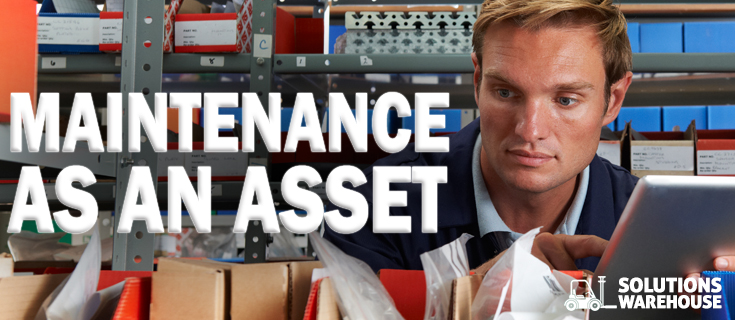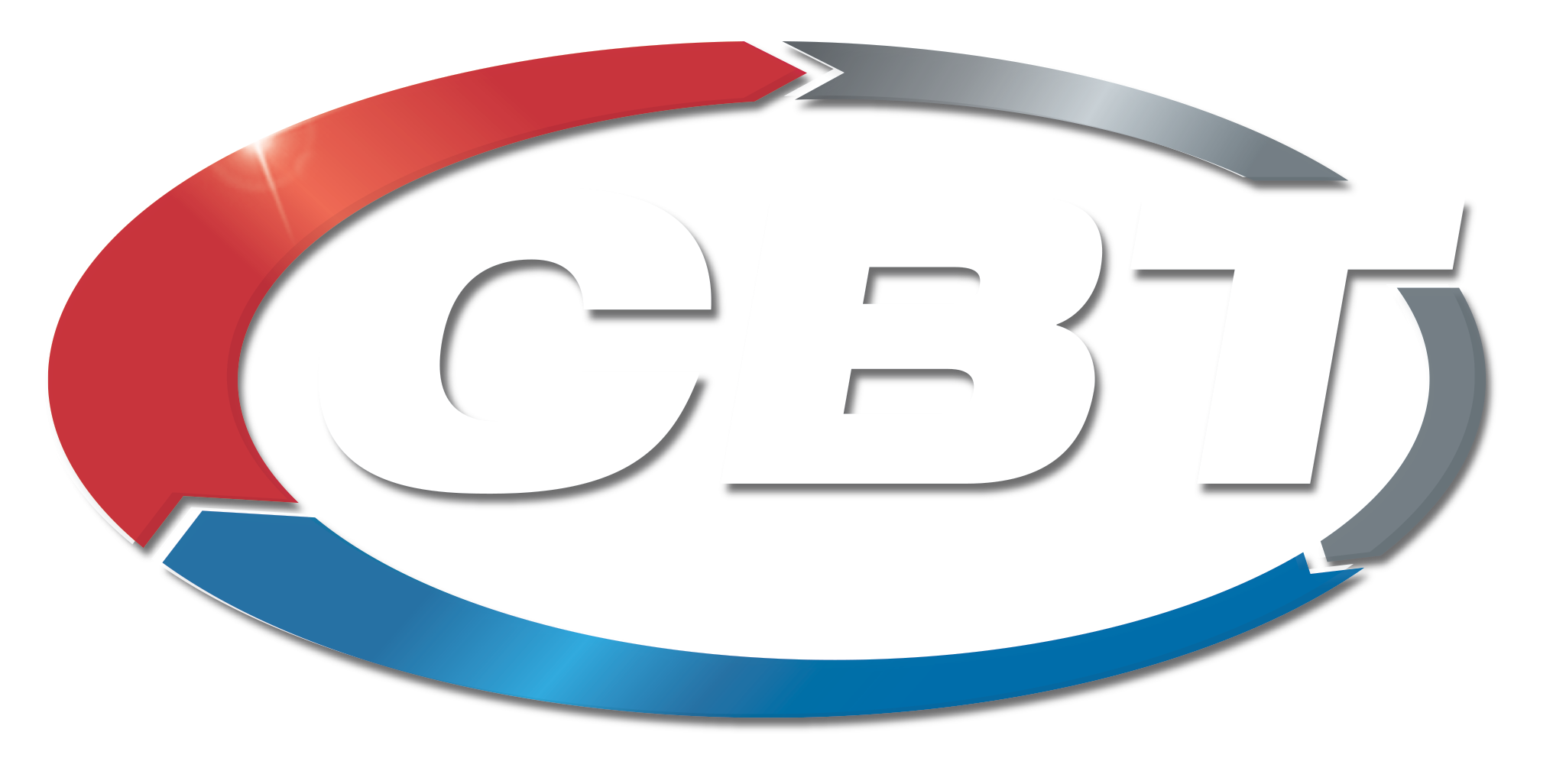 The lessons learned from the recent recession will likely last long after the recovery arrives – manufacturers must maintain lower operating budgets while increasing efficiency, and they need to optimize their operations to stay on the path to sustainable success. One way to address operational challenges is investing in a comprehensive asset-management strategy. By executing a well-planned, comprehensive approach, manufacturers can actually transform maintenance from an expense into a strategic, competitive asset. Focusing on an asset-management strategy can positively affect a wide range of operational metrics, such as overall equipment effectiveness (OEE) and return on net assets (RONA). In turn, these metrics contribute to aggressive productivity targets, including various forms of risk mitigation, data-driven decision making, workforce empowerment and predictable expenditures. “The difficult economy can drive broad cuts in maintenance,” said Ralph Rio, ARC Advisory Group in the 2010 Mobility for Asset Management Worldwide Outlook report. “This causes expensive reactive activities to displace preventive tasks at an increasing rate, leading to a downward spiral in capability. Instead, [manufacturers should] optimize without compromising capability.”
The lessons learned from the recent recession will likely last long after the recovery arrives – manufacturers must maintain lower operating budgets while increasing efficiency, and they need to optimize their operations to stay on the path to sustainable success. One way to address operational challenges is investing in a comprehensive asset-management strategy. By executing a well-planned, comprehensive approach, manufacturers can actually transform maintenance from an expense into a strategic, competitive asset. Focusing on an asset-management strategy can positively affect a wide range of operational metrics, such as overall equipment effectiveness (OEE) and return on net assets (RONA). In turn, these metrics contribute to aggressive productivity targets, including various forms of risk mitigation, data-driven decision making, workforce empowerment and predictable expenditures. “The difficult economy can drive broad cuts in maintenance,” said Ralph Rio, ARC Advisory Group in the 2010 Mobility for Asset Management Worldwide Outlook report. “This causes expensive reactive activities to displace preventive tasks at an increasing rate, leading to a downward spiral in capability. Instead, [manufacturers should] optimize without compromising capability.”
“An asset management strategy is simple to initiate if manufacturers rely on existing partnerships to cost-effectively develop customized, scalable solutions.”
Maintenance is Central to Operations
Economic uncertainties have kept many manufacturers from investing in newer equipment. In a 2010 study of process automation users, ARC Advisory Group reported that 88 percent use their automation systems beyond the manufacturer’s obsolescence date, and 42 percent of users acknowledge having no lifecycle plan. Given that equipment maintenance is one of the largest single controllable expenditures in a plant, it must be included in a lifecycle plan. In addition, it should be an integral part of any reliability improvement program because it is critical to machine throughput, availability and essential spare-parts stock. Once your storeroom is organized and your repair strategy is in place, you can optimize spare-parts inventory and reduce the number of unnecessary parts. Furthermore, data gathered and analyzed as part of the process can be used to implement future improvements, such as developing a roadmap for managing the obsolescence and migration of aging equipment. To justify capital expenditure projects, maintenance needs to be seen as central to productivity. Your storeroom is the starting point for strategic maintenance improvement practices, such as minimizing equipment lifecycle cost and maximizing production equipment performance.
Comprehensive Approach Yields Multiple Benefits
Many manufacturers struggle to prioritize the time and investment necessary to put a comprehensive asset-management strategy in place, simply because so many other expenses compete for their limited budgets. But trends in manufacturing employment and other factors are converging to make asset management a major priority. Case in point: Plant Services magazine estimates that only three to seven new employees replace every 10 retiring maintenance workers. That creates a significant intelligence gap, considering 42 percent of corporate knowledge resides with employees, compared to 26 percent documented on paper and 20 percent in electronic form, according to Stratify’s Knowledge Management Research Center. Although these statistics appear daunting, an asset-management strategy is relatively simple to initiate. Especially if manufacturers rely on existing relationships with components distributors and vendors to cost-effectively develop customized, scalable solutions. Among the benefits of comprehensive asset management are:
- OEE: Driving uptime is key to a smart asset-management strategy because it is focused on assuring the people, parts and processes are optimized to support the equipment. It also provides trend data visibility into asset performance by both machine and shift, which helps drive continuous improvement priorities.
- RONA: Reducing inventory, maintenance costs and the number of downtime events raises productivity, while driving financial performance and predictability.
- Empowered and engaged employees: With a dwindling number of maintenance workers, those who remain need the right tools to make good decisions about driving plant performance.
Evolving asset management into a proactive, strategic component of better-managed manufacturing facilities can be done in phases, following the four steps outlined in Rockwell Automation’s whitepaper, Treating Maintenance as an Asset, Not an Expense. For more information about how to implement asset management solutions at your facility, please contact your CBT client services specialist.













